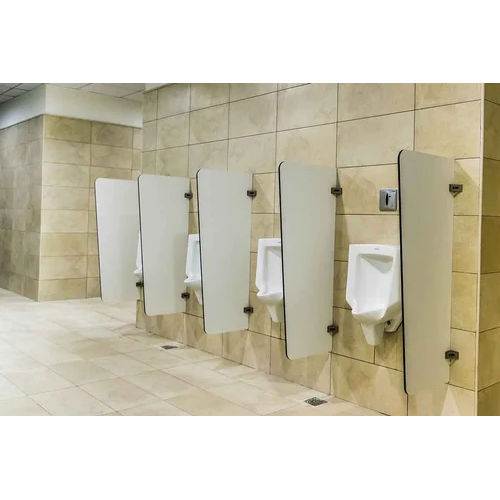
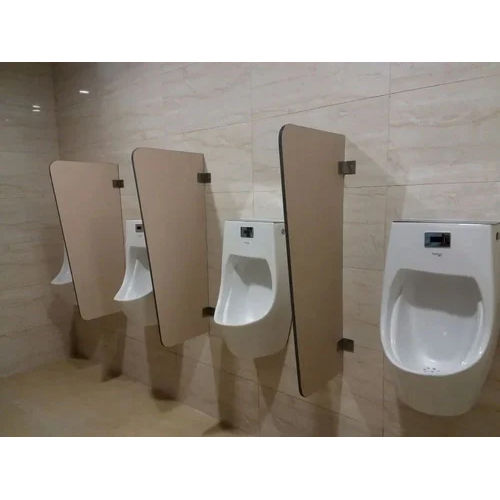
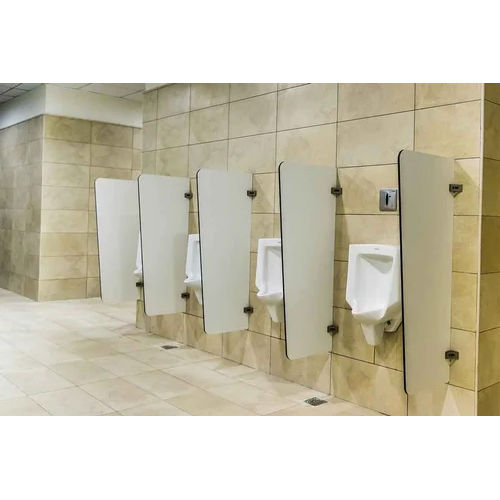
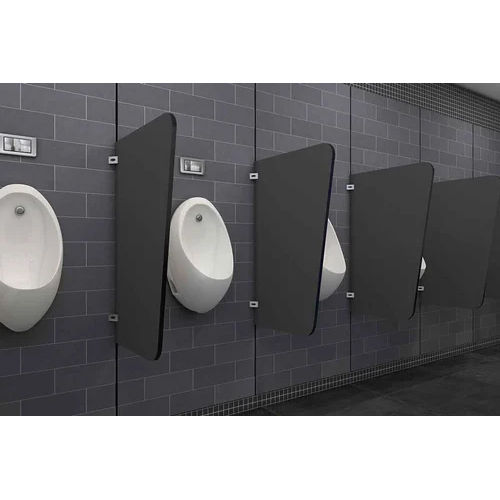
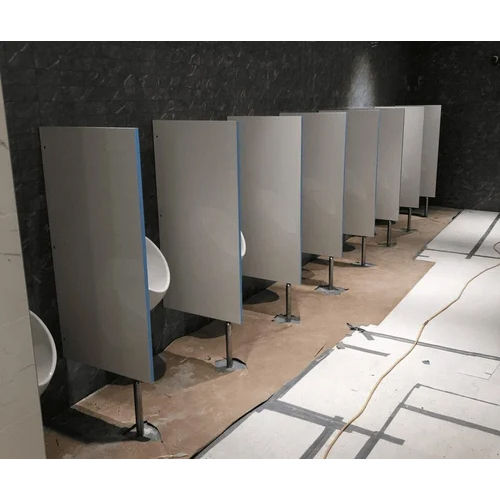
HPL Urinal Partition
Product Details:
- Metals Type Stainless Steel
- Shape Other
- Finish Glossy
- Click to View more
HPL Urinal Partition Price And Quantity
- 10 Unit
- 3800 INR/Unit
HPL Urinal Partition Product Specifications
- Glossy
- Stainless Steel
- Other
HPL Urinal Partition Trade Information
- Cash Advance (CA)
- 1000 Unit Per Month
- 10 Days
- All India
Product Description
HPL urinal dividers have the following benefits:
1. Durability: HPL has a reputation for being extremely durable and resistant to impacts, scratches, and moisture. It can resist the demands of busy restrooms and keep looking good over time.
2. Health: Because HPL surfaces are non-porous and do not absorb liquids or harbour bacteria, they are simple to keep clean and maintained. As a result, they are a hygienic option for bathroom barriers.
3. Design flexibility: HPL partitions can be customised to meet the aesthetic of the lavatory thanks to their vast selection of colours, patterns, and finishes. They can harmonise with different interior design philosophies and produce a unified appearance.
4. Privacy: Urinal dividers are made to provide people some peace and quiet. The availability of HPL walls in a range of heights ensures enough privacy when using the urinal.
5. Cost-effectiveness: HPL partitions are typically less expensive than alternatives like solid phenolic or stainless steel. They provide a compromise between price, toughness, and beauty.
It's important to take into account elements like the design of the restroom, the amount of space available, the necessary measurements, and local building codes when choosing HPL urinal barriers. In order to achieve appropriate fitting and stable connection to the walls and floors, professional installation is often advised.
Overall, HPL urinal partitions combine durability, hygiene, and architectural flexibility to provide a useful and aesthetically pleasing option for dividing urinals in commercial restrooms.
Other Products in 'Urinal Partition' category
GST : 27BLEPP5957M1ZB




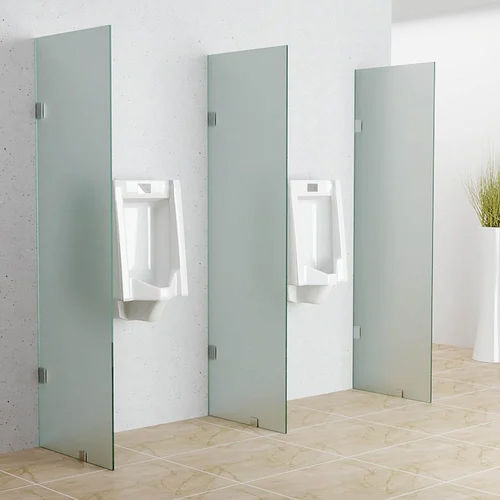
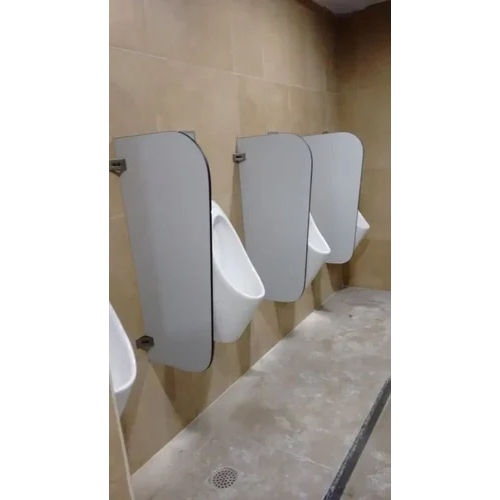
 Send Inquiry
Send Inquiry Send SMS
Send SMS